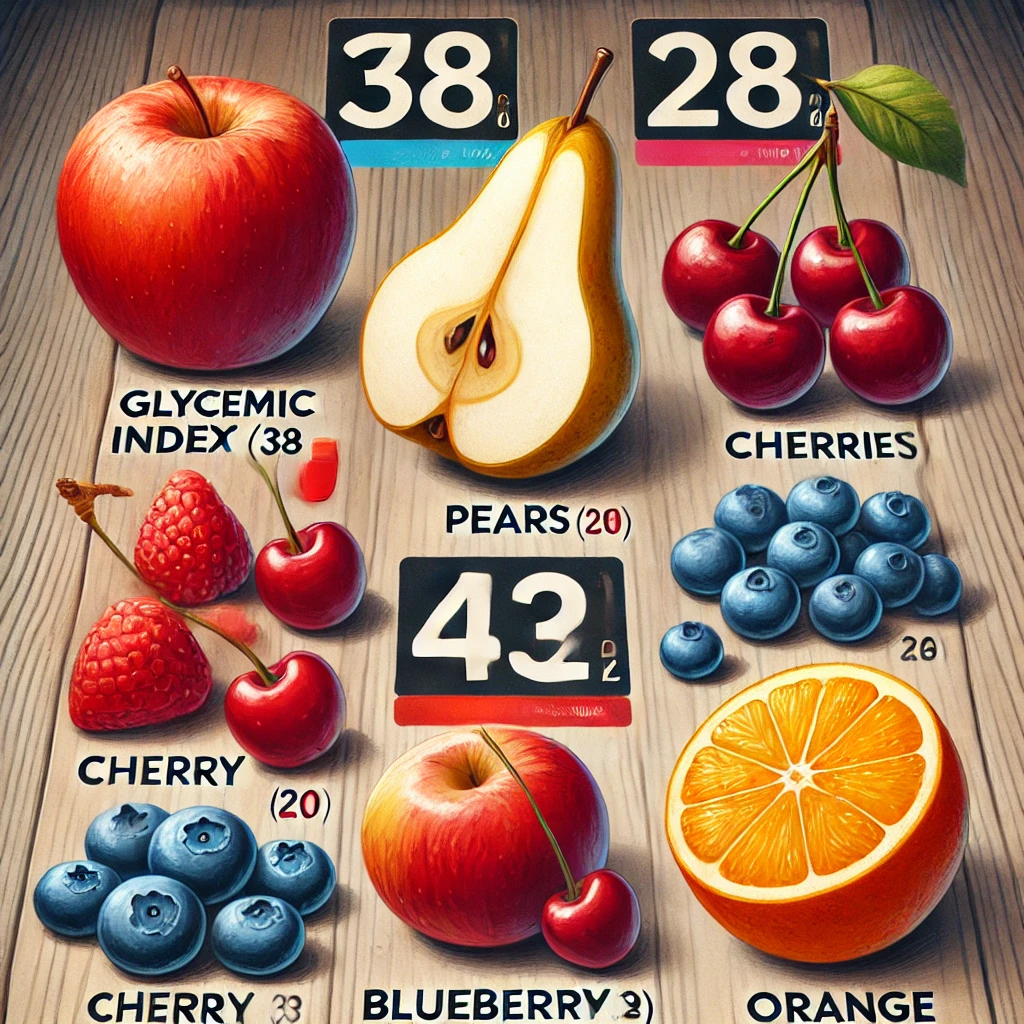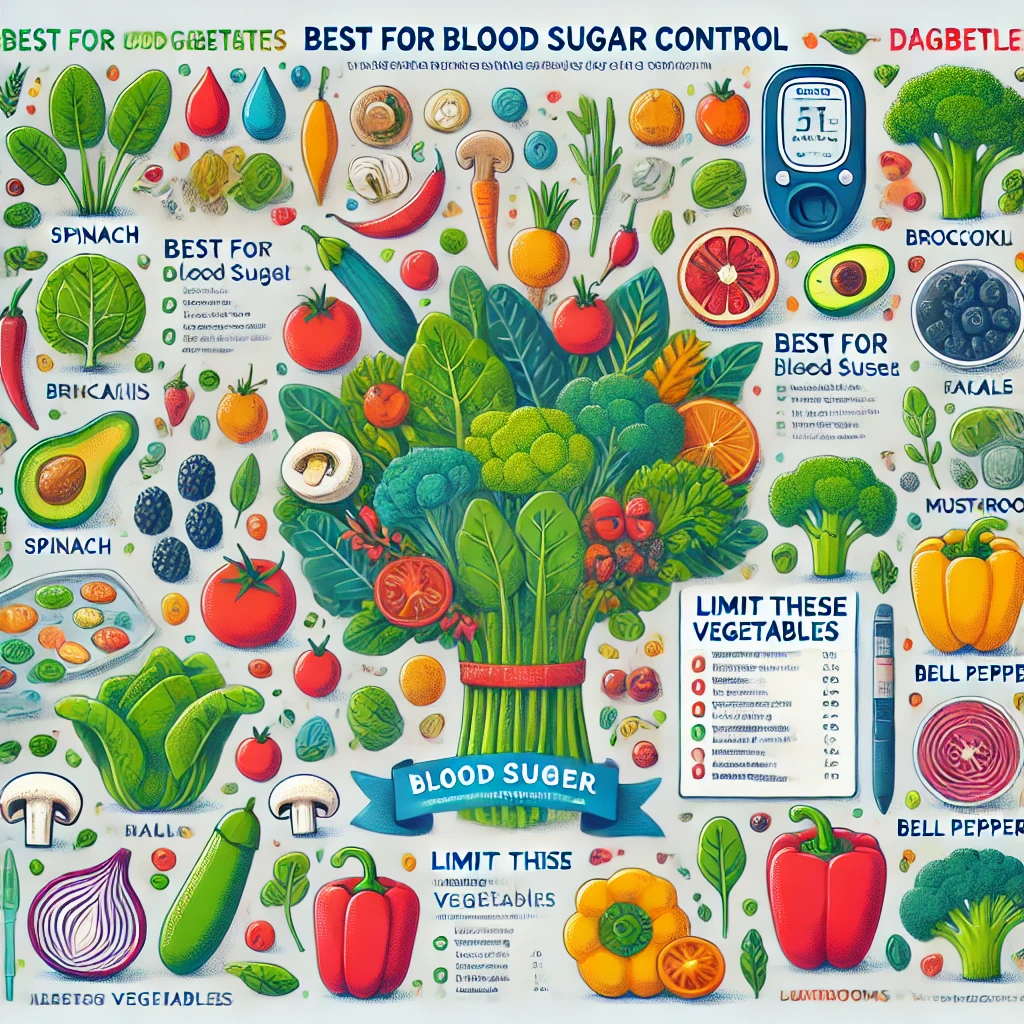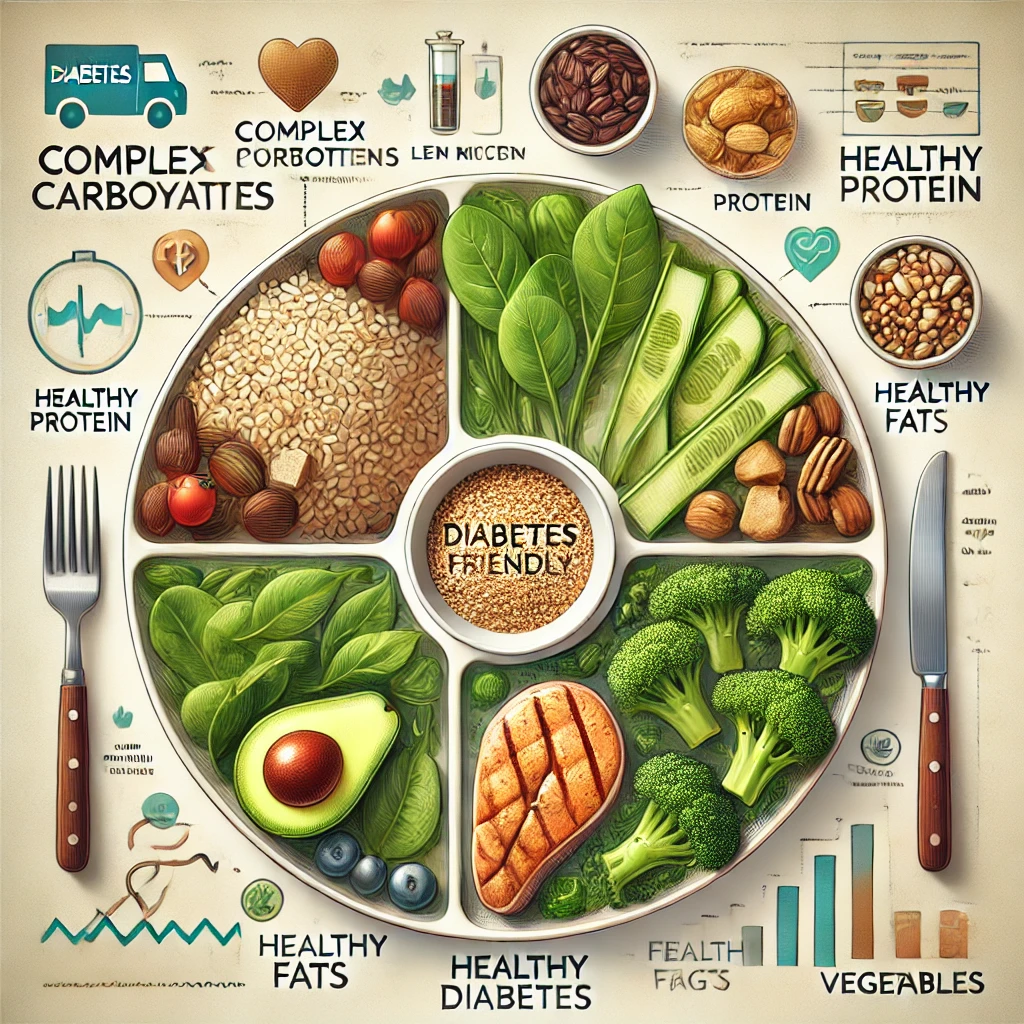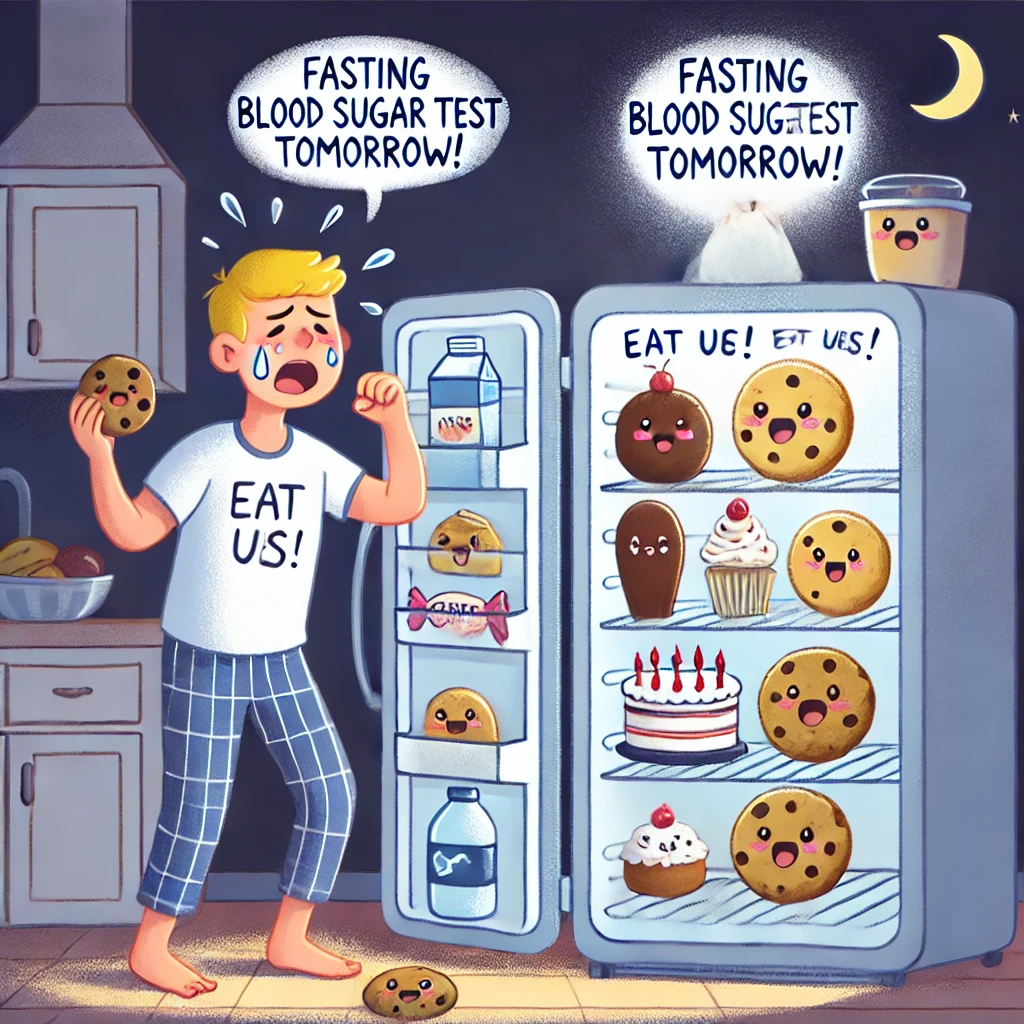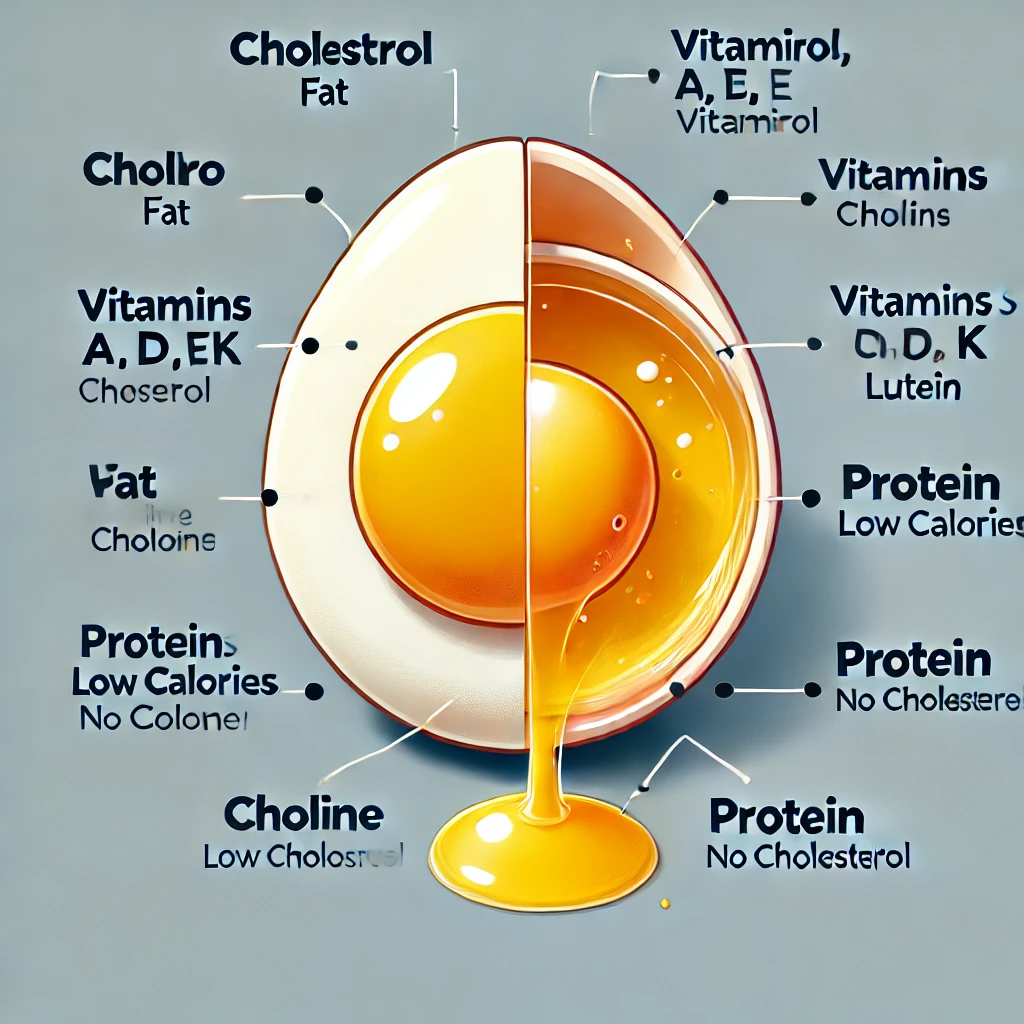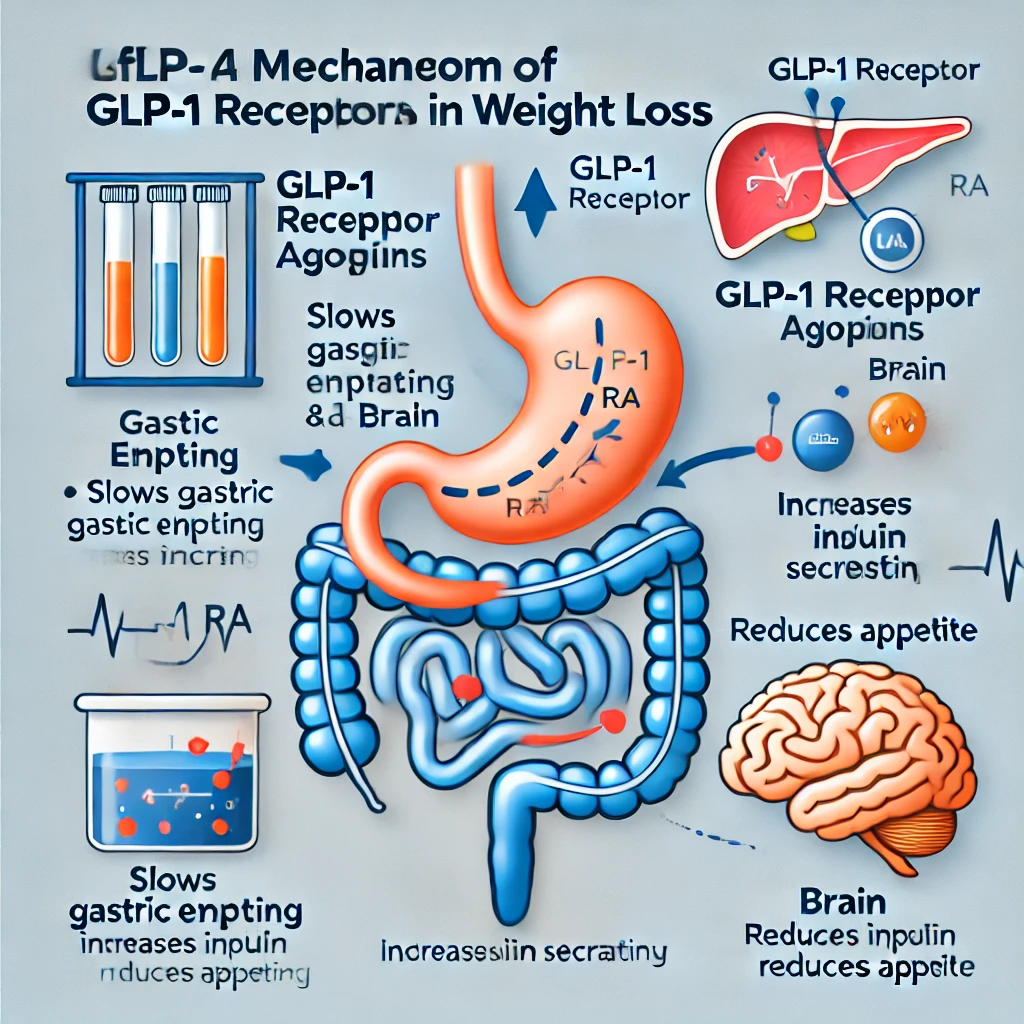Understanding the Glycemic Index (GI) and Glycemic Load (GL): Must-Know Concepts for Diabetes Management
For people living with diabetes, meal planning is about more than just avoiding sugar—it’s about understanding how different foods affect blood sugar levels. Two essential concepts that help with this are the Glycemic Index (GI)… Understanding the Glycemic Index (GI) and Glycemic Load (GL): Must-Know Concepts for Diabetes Management
